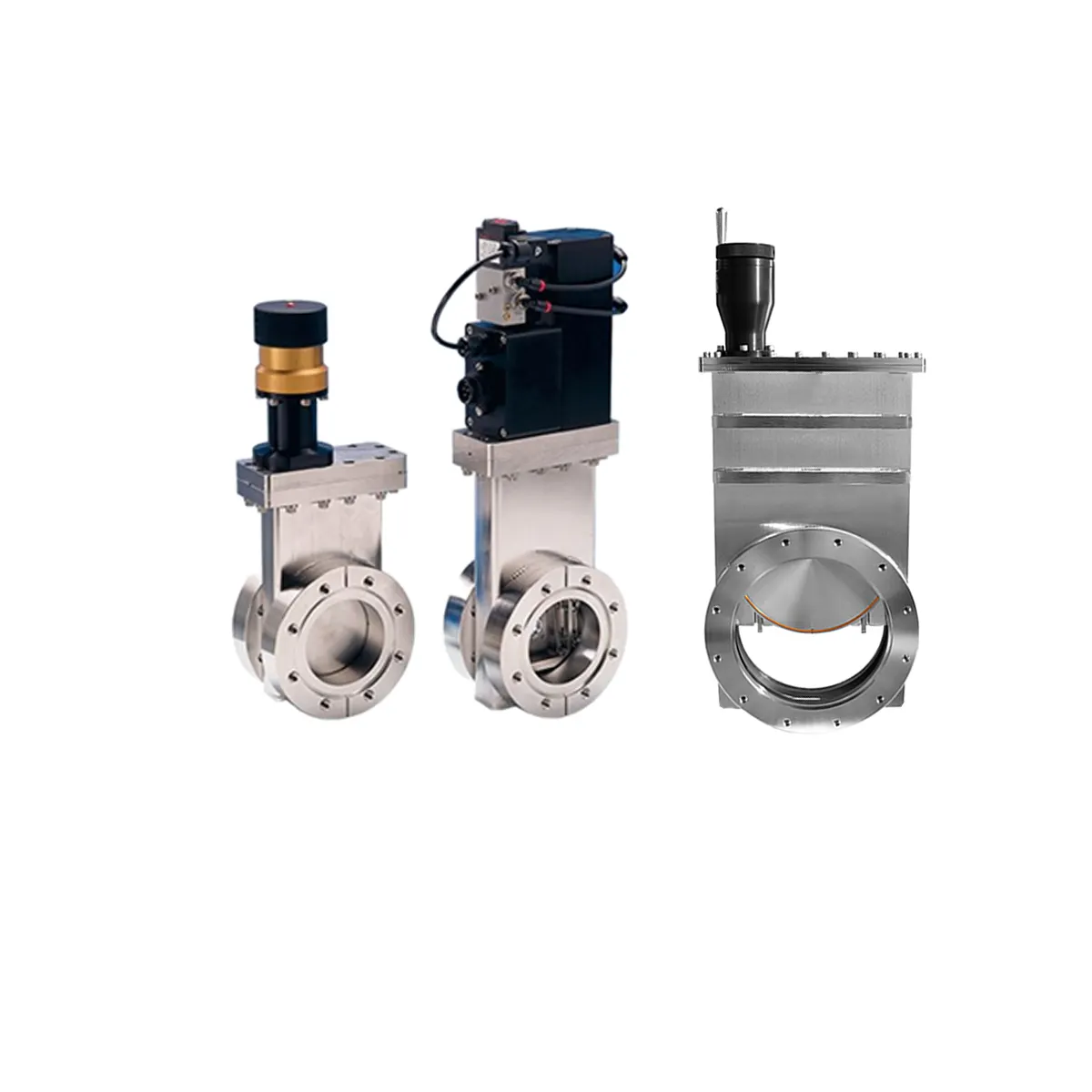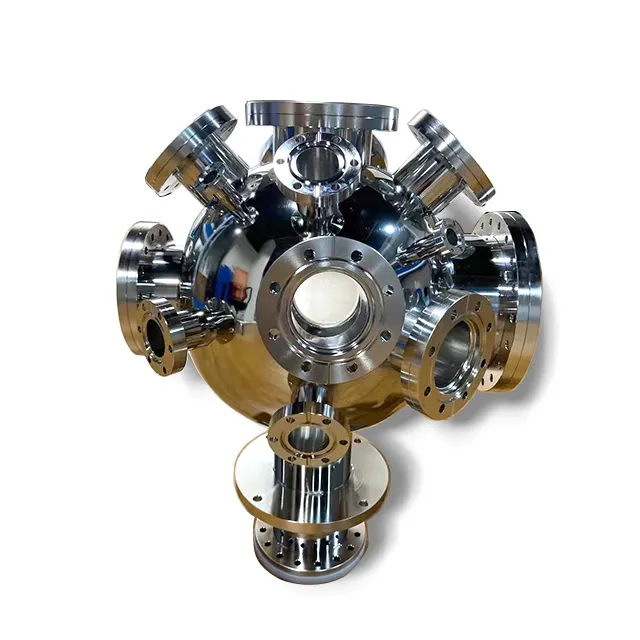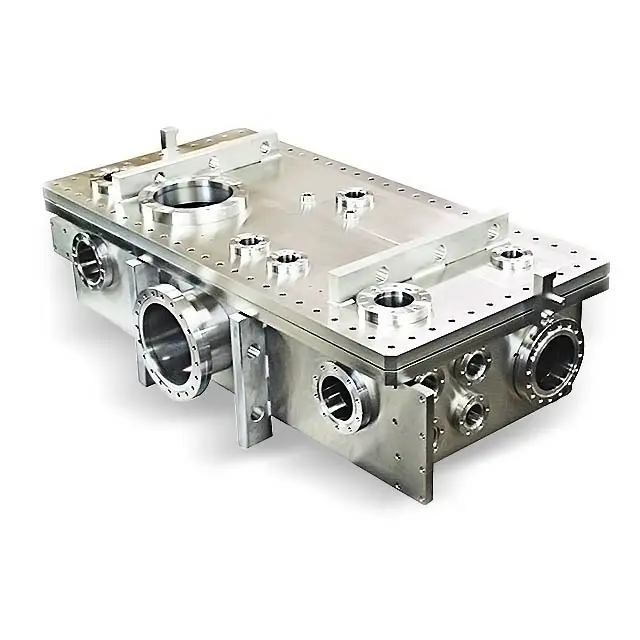ultra high vacuum components
Ultra high vacuum (UHV) components are sophisticated engineering elements designed to maintain and control extremely low-pressure environments, typically operating at pressures below 10^-9 millibar. These critical components encompass a wide range of specialized equipment, including vacuum chambers, pumps, valves, flanges, and measurement instruments. Each component is precision-engineered using high-grade materials like stainless steel and specialized alloys that exhibit low outgassing properties. The manufacturing process involves rigorous cleaning protocols and specialized surface treatments to ensure optimal performance in vacuum conditions. These components are essential in maintaining the integrity of vacuum systems used in semiconductor manufacturing, particle accelerators, surface analysis equipment, and advanced research facilities. The design of UHV components incorporates specific features such as metal seals, specialized welds, and carefully calculated geometries to minimize virtual leaks and ensure reliable vacuum performance. They are typically equipped with standardized connection interfaces, enabling seamless integration into existing vacuum systems while maintaining system integrity. Modern UHV components often include smart features like digital pressure monitoring, automated control systems, and predictive maintenance capabilities, making them indispensable in both industrial and research applications.


